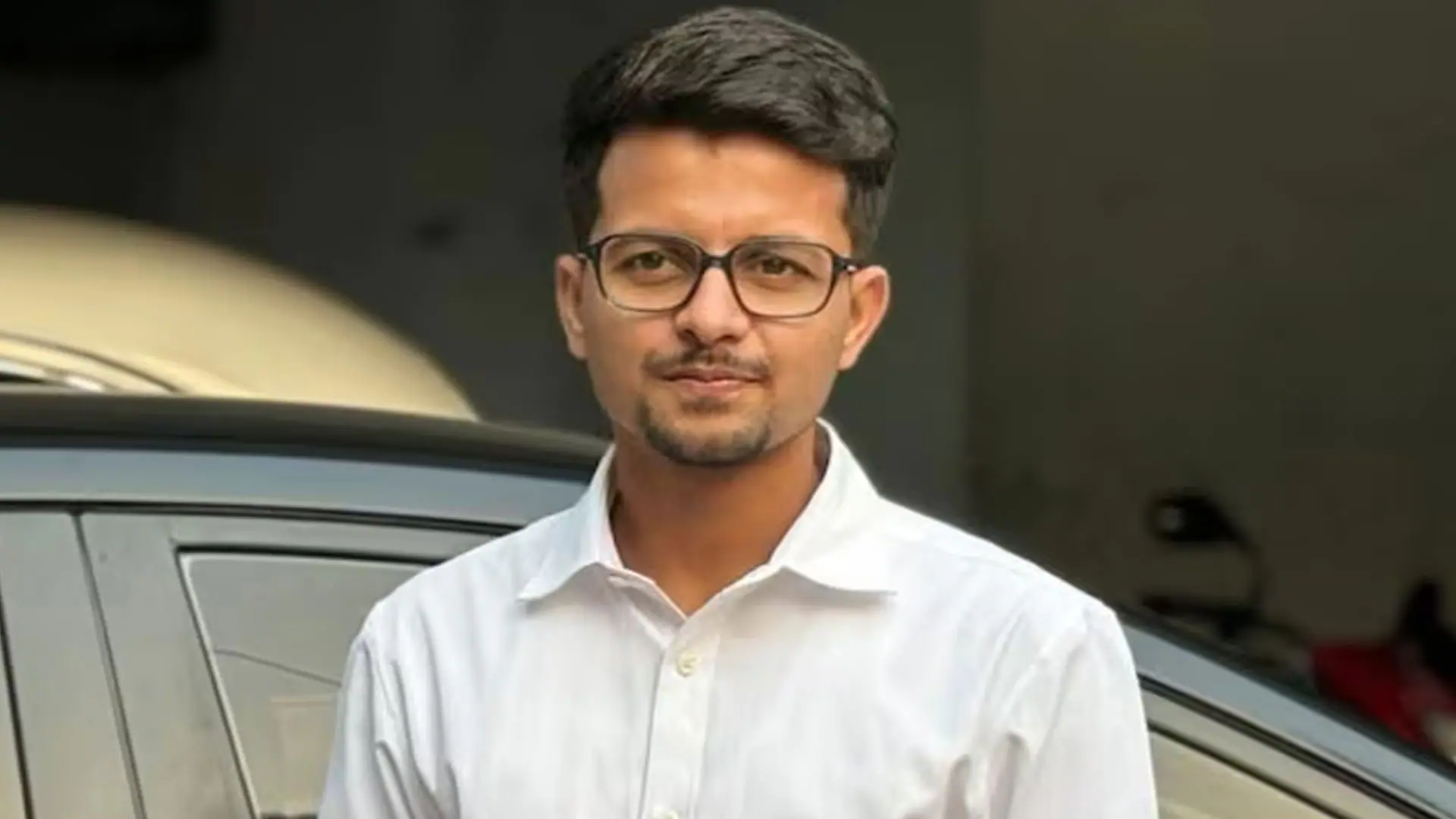Now Reading: Tragedy at Puri Rath Yatra: 3 Dead, Over 50 Injured as Massive Crowd Overwhelms Festival Route
-
01
Tragedy at Puri Rath Yatra: 3 Dead, Over 50 Injured as Massive Crowd Overwhelms Festival Route
Tragedy at Puri Rath Yatra: 3 Dead, Over 50 Injured as Massive Crowd Overwhelms Festival Route

The annual Rath Yatra in Puri, one of India’s most revered religious events, took a tragic turn this year as three devotees lost their lives and more than 50 others were injured during the grand procession. Held in Odisha’s coastal town, the event witnessed massive crowds. The incident has prompted Chief Minister Naveen Patnaik to order an immediate probe into safety lapses and crowd control measures.
What Happened During the Yatra
As the chariots of Lord Jagannath, Balabhadra, and Subhadra made their way through Puri’s Grand Road, a sudden surge in the crowd led to chaos. Devotees were crushed in the heavy push as lakhs thronged to catch a glimpse of the deities. The situation became uncontrollable for a brief period, resulting in injuries and, tragically, the death of three individuals.
Police and volunteers quickly moved in to manage the crowd and shift the injured to local hospitals. Doctors confirmed that most injuries were due to suffocation, heat, and trampling in the densely packed lanes.
Government Response and Investigation
In response to the incident, the Odisha government has announced an official inquiry. Chief Minister Naveen Patnaik expressed deep sorrow over the deaths and assured strict action if any negligence is found. Emergency medical services were also instructed to remain on high alert throughout the festival duration.
Authorities will review existing crowd control protocols and assess whether more barricading, better route management, or increased police deployment could have prevented the tragedy.
A Festival of Faith and Scale
The Puri Rath Yatra draws millions of pilgrims from across India, especially from eastern and Tier 2 cities like Bhubaneswar, Ranchi, and Raipur. It is a festival that combines devotion, tradition, and tourism, making safety management a major responsibility. Locals believe participating in pulling the chariots brings divine blessings, adding to the rush near the procession.
With the scale increasing each year, experts have often called for smarter event planning that combines tradition with technology—like drone surveillance and AI-based crowd flow analysis.
Safety at Religious Gatherings: A Larger Question
This incident has reignited conversations about the safety of large-scale religious events across India. From Kumbh Mela to Amarnath Yatra, the country sees several gatherings that attract lakhs of people in short time frames. Tier 2 and Tier 3 cities hosting such events often lack the infrastructure needed for safe crowd handling.
There is now a growing demand for centralised crowd management guidelines, advanced medical response units on-site, and training for volunteers involved in such mega events.
Conclusion
The unfortunate incident at the Puri Rath Yatra is a stark reminder that faith must walk hand-in-hand with preparedness. While devotion brings people together in massive numbers, the responsibility of ensuring their safety cannot be ignored. As Odisha begins its probe, the larger lesson for all Indian states is clear—religious fervour should never come at the cost of lives.
























